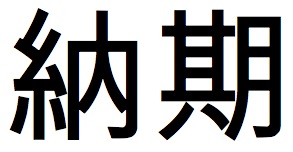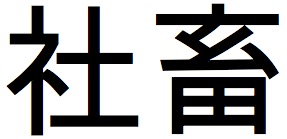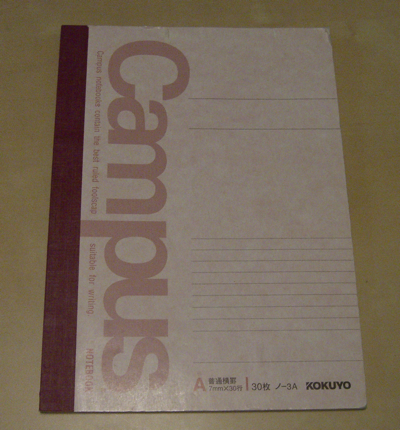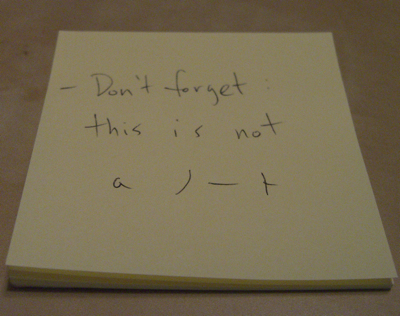Japan is an expensive country, and Tokyo is an especially expensive city. It costs a lot of money to do just about anything here with very few exceptions. One of these exceptions is the Tokyo International Forum. My college roommate Dave came to visit Tokyo three years ago, and he brought a hipster guidebook with him that had glossy photos of architectural highlights, choice restaurants, and famous sites. When I met up with him he told me, “Basically I want to take pictures of awesome buildings.” One of the buildings that had piqued his interest was the Tokyo International Forum, which I hadn’t heard of but was able to locate relatively quickly on a map.
It’s right outside of Yurakucho Station and only a 10 minute walk from Tokyo Station. I walked over with Dave not really expecting all that much, but when we entered the building I was stunned – here’s this tiny building barely wider than the set of train tracks it borders, and its glass, steel, and bone-white frame tower above you as you ride down the escalator. Although people are constantly flowing in and out of the rooms and auditoriums for conferences, concerts and exhibitions, access to the top floor is unrestricted, and it offers a frightening view into the depths of the building and mediocre views of the neighboring blocks.
In addition to the exhibitions inside the building, which can be enjoyed from the comfort of one of the many benches, there are often markets in the courtyard outside the Glass Building. The courtyard also offers free seating, shade in the summer, and some cool sculpture.
For those with a little cash on hand, there are a number of cafes in the immediate vicinity, or you can buy a can coffee at the convenience store and enjoy it on a bench while people watching.
One of my favorite nights out in Tokyo is dinner with the sarariiman hordes in Shimbashi, a walk through Ginza to see who’s out and about, and then a quick cut through the shopping area around Yurakucho Station to the Forum. At night the area is illuminated beautifully, and the restaurants around the courtyard are nice perches for cake, coffee, or beers.
Here’s my video introduction to the Forum:
Free Tourism – The Tokyo International Forum from Daniel Morales on Vimeo.
I’ll be on the lookout for free (or severely cheap) activities from tomorrow onward. What’s your favorite free thing to do in Tokyo?






